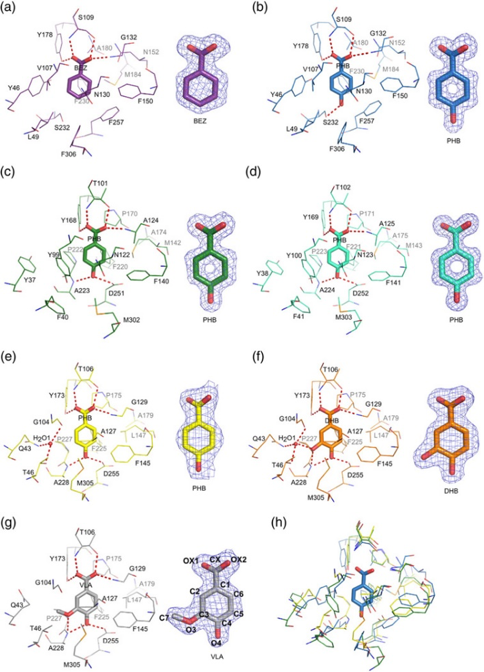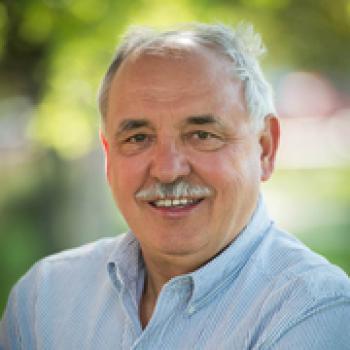We contribute atomic-level details for a wide range of molecular systems using light-source-based X-ray structural molecular biology, thereby enhancing the understanding of many biological and cellular processes. Our crystal-structures reveal details of macromolecules and their interactions, provide atomic basis and important clues to underlying mechanisms of biochemical reactions, facilitate understanding of cellular processes, and help define biological concepts.
We have developed many high-throughput methods and tools in proteomics and molecular and structural biology that are essential for three-dimensional structure determination. These include technologies for gene cloning, recombinant protein expression, purification and characterization, crystallization, data collection, structure solution and analysis and can be applied to a wide range of biological projects. These approaches also help to improve the quality of structures and reduce the cost of structure determination.
We have structurally characterized diverse biological systems: enzymes involved in Calvin cycle and carbohydrate processing; two-component systems and molecular sensors; molecular chaperones and heat shock proteins; transcription regulators; CRISPR system and macromolecular complexes involving protein-ligand, protein-protein and protein-DNA. A separate category of projects involves essential enzymes, virulence factors; and proteins responsible for antibiotic resistance of major human pathogens. For these projects, structures of complexes with small ligands and inhibitors are an important focus. We also study proteins and enzymes from soil, marine, and human microbiomes and from uncultured organisms described as “microbial dark matter.” Our structural biology research is highly collaborative and involves a number of highly successful interactions with researchers from national laboratories, academia, and research institutes.

